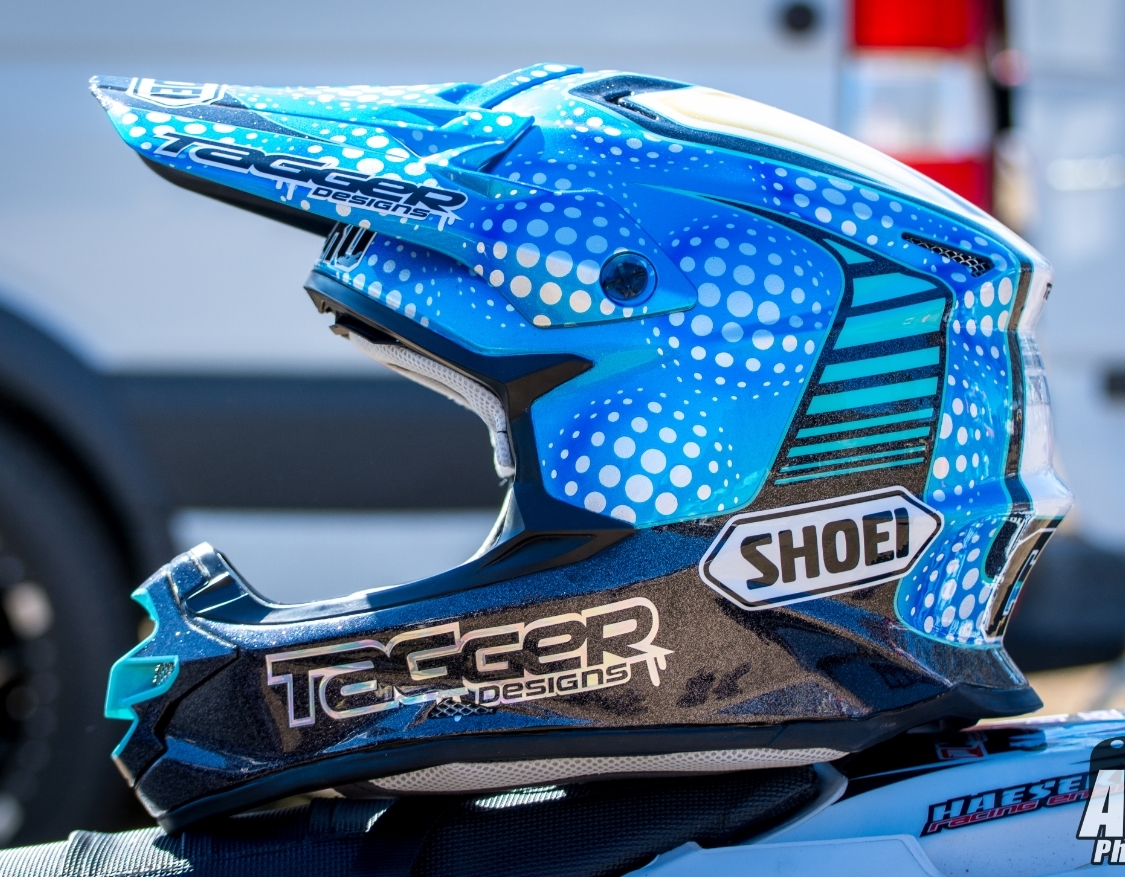
The creator gives you an overview of all available measurements. With the activated test signal, we can start our first measurement.Ĭlick on Open creator (F2) in the Measurements panel on the left. The count rate displays (cps) show a test signal count rate of 800 to 900 kHz, and the trigger level setting is replaced by the label test signal. Go back to the basic display by deactivating Detailed view. Activate the internal test signal of inputs 1 and 2 by checking the boxes on the very right. In the upper panel of the Detailed View, you can change settings for every input. On the top of the Home screen, you can toggle between the basic display you are currently looking at and the Detailed View.

The Home screen of your Time Tagger shows up. On the welcome screen, click on the panel representing your desired device. We will now use the Time Tagger’s internal test signal to measure a cross correlation between two channels as an example. Time Tagger Lab allows you to work with your Time Tagger interactively. If you plug or unplug a Time Tagger, the display will update automatically. The Time Tagger Lab welcome screen opens and presents all available devices. Start Time Tagger Lab from the Windows start menu.
VEOH TAGGER INSTALL
It is designed to perform standard measurements quickly and to get an interactive experience with your Time Tagger.ĭownload and install the most recent Time Tagger software from our downloads site. Time Tagger Lab is the provided Graphical User Interface (GUI) for Windows systems. Graphical User Interfaces Time Tagger Lab \examples\\ folders of your Time Tagger installation. Check out the following sections to get started using the Time Tagger software library in the programming language of your choice. It gives you a detailed overview of all Time Tagger features and data processing classes. Play with the Time Tagger settings to see their effects on typical measurements.Ĭheck out the Application Programmer’s Interface chapter. The examples below will allow you to experience basic data acquisition. Run the Graphical User Interface, Time Tagger Lab or the Web Application, to play with your Time Tagger interactively.

To learn more about the Time Tagger you are encouraged to consult the following resources.
VEOH TAGGER HOW TO
How to get started with Linux can be found in the Linux section. can be found in the menu bar on the left and on our main website. In addition, information about the hardware, API, etc. You are highly encouraged to read the sections below to get started with the graphical user interface and/or the Time Tagger programming libraries.


 0 kommentar(er)
0 kommentar(er)
